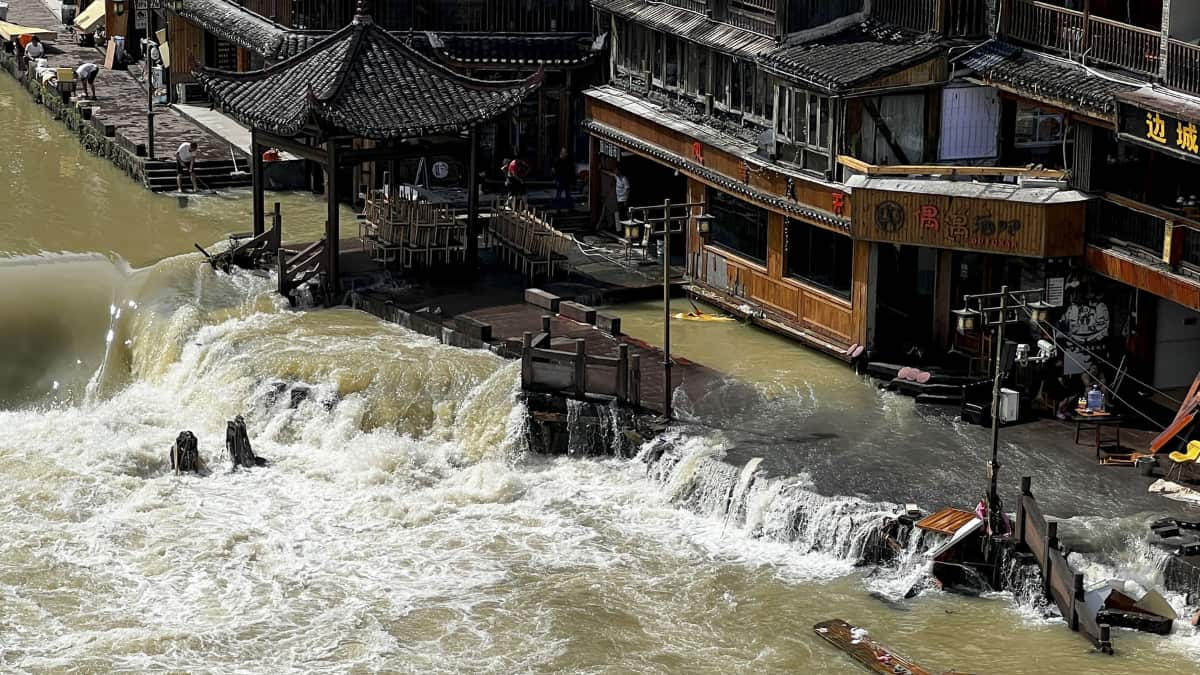Understanding the Impact of Land Subsidence in China
The land in China is experiencing significant subsidence, primarily driven by human activities, leading to a range of environmental challenges. Here are key insights from recent research:
Worsening Risk of Flooding and Sea Level Rise
- A new study reveals that the ground beneath millions in China’s major cities is subsiding due to human activities.
- Nearly half of China’s urban areas, accommodating 29% of the population, are sinking at a rate exceeding 3 millimeters per year.
- Around 270 million people reside on sinking land, with 67 million living on land subsiding faster than 10 millimeters each year.
Factors Contributing to Land Subsidence
Researchers attribute the subsidence to various factors:
- Extensive groundwater withdrawal, with cities depleting underground aquifers faster than they can be replenished.
- Climate change-induced drought exacerbating the situation by lowering the water table.
- The growing weight of cities themselves, leading to soil compaction and land sinking.
Global Implications of Land Subsidence
Land subsidence is not limited to China; it poses a global threat:
- Coastal cities worldwide, such as New York and the Netherlands, are grappling with sinking land below sea level.
- Mexico City is experiencing alarming subsidence rates, with consequences particularly severe in coastal regions.
Double Impact of Sinking Land and Rising Sea Levels
The combination of sinking land and rising sea levels creates a dual challenge:
- Exposure of more people, property, and land to devastating floods.
- Roughly a quarter of China’s coasts are projected to be lower than sea level, posing significant risks to lives and infrastructure.
High-Risk Areas in China
According to the study, cities like Tianjin, Shanghai, and areas around Guangzhou are particularly vulnerable to the effects of land subsidence and rising sea levels.
















































